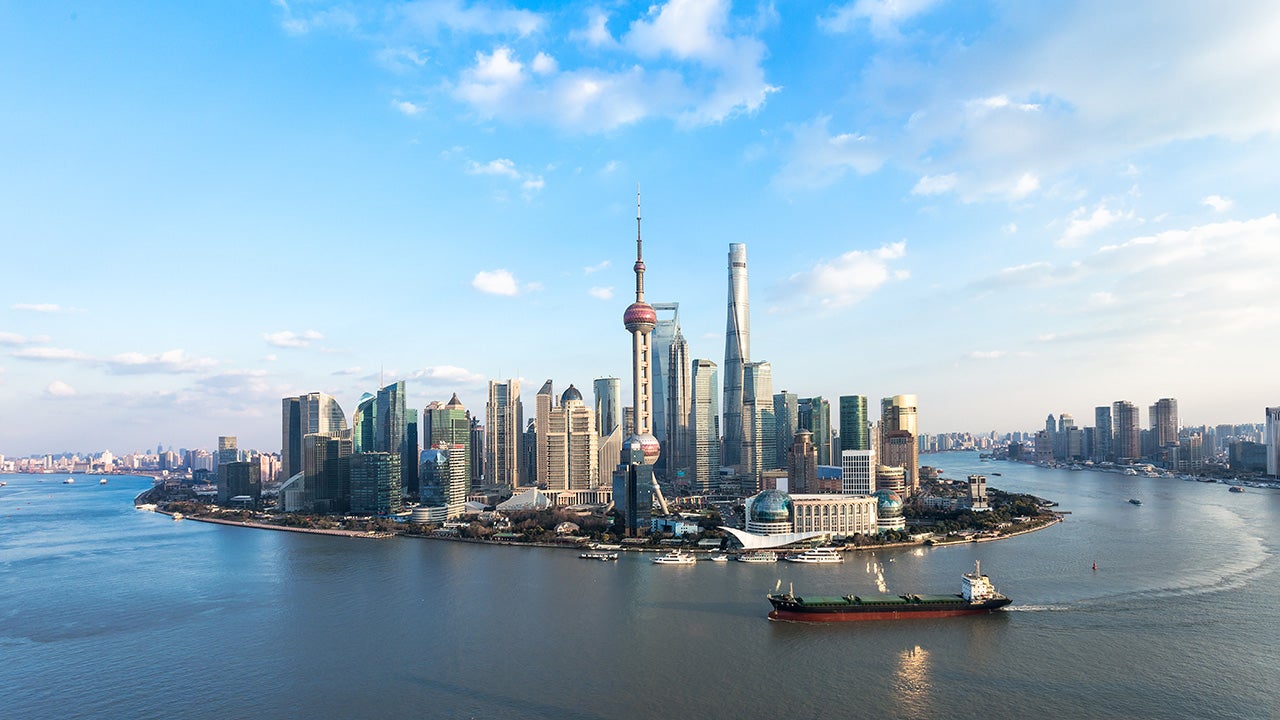China’s economic outlook for 2H 2024

China’s GDP grew by 5% in 1H 2024 which was in line with market expectations.1 Q1 growth was above expectations though Q2 growth was below. Heading into Q3, July’s economic activity has shown some stabilization from the prior quarter - improving domestic consumption activity offset slowing investment and industrial production.
The recent pro-growth Politburo meeting in July suggests more government stimulus in the coming months which is likely to boost growth to be back on track. New housing unit price declines appear to have moderated in the month and could improve with more easing measures. Overall, I expect a modest economic recovery in the coming months, led by more government easing measures.
Source: China National Bureau of Statistics (NBS) and the IMF. Annual data from 2001 to 2024, as at 20 June 2024.
Still, concerns remain regarding the underlying composition of the economy’s growth propellers. When faced with imbalanced growth in the past, policymakers have relied on stimulating the economy principally through investment – largely into infrastructure and real estate. The story is different this time around, with local governments reluctant to stimulate an overbuilt property market. As the property sector continues to experience a marked slowdown, investment has poured into other areas such as manufacturing. Consumption spending is tepid due to restrained household confidence levels and negative wealth effects associated with a stalling property market.
Source: China National Bureau of Statistics (NBS) and Invesco. Annual data from 1953 to 2023, as at 20 June 2024.
These are largely the consequences of China’s economic transformation to a more sustainable growth model. Rather than aiming for “growth at all costs”, policymakers have been emphasizing a new paradigm of high-quality growth for China, underpinned by domestic reliance. We can expect some repricing and corrections as structural segments of the economy rebalance.
Fiscal and monetary policy expectations
We expect China’s monetary policy stance to remain accommodative in 2H. The People’s Bank of China (PBoC) recently cut the seven-day reverse repo rate in late July from 1.8% to 1.7% to stimulate growth and stated it would improve the mechanism of open market operations. This marks the first cut to the rate since August 2023. China’s benchmark lending rates, the one-year and five year loan prime rates (LPR) were also cut by the same margin at the monthly fixing.2
We expect that the imminent Fed rate cut will open the door for the PBoC to further reduce rates. Credit demand remains weak in China and the ongoing deleveraging of property and local governments suggests a lower interest rate environment makes sense.
On the fiscal side, expectations are for stimulus to ramp up in a spate of pro-growth measures, albeit in a more targeted manner. Beijing announced plans to issue 1 trillion RMB of ultra-long special central government bonds this year.3 The market is also anticipating another round of infrastructure investment, which is likely to have the greatest immediate direct economic impact.
China takes an idiosyncratic approach to fiscal stimulus reflecting the unique nature of its economy, and we are unlikely to see direct cash handouts to households in the manner seen in Western developed economies to revive demand. That said, we believe private consumption should pick up if the property market stabilizes and sentiment improves.
Growth outlook and investment implications
In summary, although growth continues to be tepid in China, July’s economic data points to more stabilization and I expect a cyclical upturn in the coming months. The soft patch in Q2 was met by a rallying call in the July Politburo meeting for more near-term supportive measures, such as a surprise interest rate cut and more fiscal support. These measures are likely to give domestic spending the added boost it needs and could lead to an economic turning point.
In the long-term, a more decisive shift towards consumption could be a meaningful driver of future growth. The private consumption-to-GDP ratio for China was just under 40% in 2023 compared to around 70% in the US.4 Investment as a portion of GDP on the other hand constitutes over 40%, which still ranks as one of the world’s highest.5 Policymakers are also apt to focus on innovation and home-grown technologies to invigorate productivity growth and outgrow middle income status into higher-income territory.
In terms of investment implications, we expect more funds to be funneled to policy favorite sectors that are of strategic importance, such as electric vehicles, lithium-ion batteries, alternative energy and high-tech manufacturing. We are positive on China equities targeting these areas of the economy on the basis that these sectors will receive continued policy support.
Investment risks
The value of investments and any income will fluctuate (this may partly be the result of exchange rate fluctuations) and investors may not get back the full amount invested.
When investing in less developed countries, you should be prepared to accept significantly large fluctuations in value.
Investment in certain securities listed in China can involve significant regulatory constraints that may affect liquidity and/or investment performance.




